Theological Interpretation of Scripture Matters—17
Accessing Global Interpretation of the Christian Bible
In various posts related to theological interpretation of Scripture, I have promoted the view that the church is one, holy, catholic, and apostolic, following the Nicene Creed. Each of those terms invites reflection in the work of theological interpretation, but here I am most interested in two: one and catholic. I take it that, together, these two terms emphasize the need for theological interpreters not only to hear but to engage hospitably with readings from diverse ecclesial settings.
Note: This is not my final post on theological interpretation of Scripture, but it is the last one I will post for a while. Stay tuned for further forays into these important matters and, in the interim, be sure to take advantage of our conversations with Kevin J. Vanhoozer, Mere Christian Hermeneutics, available thus far here, here, and here.
Perspectival Diversity
Ecclesial diversity is both historical and global. Attending to diverse perspectives is one way to practice the virtue of humility, since hearing others well is tantamount to confessing that we (whoever “we” might be!) are not the infallible arbiters of how and what the Scriptures mean. Doing so is also a prophylactic against our taking up residence in an echo chamber that assures us that we know the questions to ask, and the answers, and therefore need no input from people not like us.
In his book, Santa Biblia, Justo L. González provides a splendid metaphor for thinking about the importance of this diversity:
To speak of “perspective” is to imagine that we are all looking at a landscape. The landscape itself is the same for all of us. Yet each one sees it from a different perspective, and will thus describe it differently. … It is absolutely impossible for two people to stand at exactly the same place at the same time. Some will stand so close to each other that their views will be virtually indistinguishable. Others, standing at a greater distance, will have widely differing perspectives. (17–18)
We can push the metaphor further. A large rock formation partially obstructs my view, but you are standing on a hill. I am tall, but you are in a wheelchair. And so on. The point is that we are viewing the same reality, yet we see it differently.
This point hit home for me some years ago when our then-toddler showed me a picture he had drawn of the door to his room. It was something like this:
You can see that he had drawn the door handle waaaaay up high, so high that he could barely reach it. From his perspective….
Accessing Diverse Perspectives
Of course, one way to access interpretations from people not like us is to take advantage of the gifts of immigration and globalization. Many of us live in towns and cities where crossing the street can be an intercultural experience. And, hopefully, our churches are representative of the diversity that comes as we find our homes among people not like us. Engaging in the study of Scripture across ethnic, national, denominational, socio-economic, and life-stage lines—what could be better for promoting this richer sense of what God is doing in and through Scripture?
One of the boons of raising these questions today is the wealth of publications available to us on our quest to read sometimes unexpected and surprising interpretations of familiar texts. Here are some examples.
One-Volume Commentaries
[Note: As an Amazon Associate, I may earn a small commission if you click through and make a purchase. This doesn’t affect the price you pay and helps support this website.]
Yacouba Sanon, gen. ed., Africa Bible Commentary: A One-Volume Commentary from over 100 African Scholars, 2nd ed. (Grand Rapids: Zondervan, 2025). ISBN: 9780310102182. 2064 pp.
Corneliu Constantineanu, gen. ed., Central and Eastern European Bible Commentary (Langham, 2024). ISBN 9781839737800. 5182 pp.
Brian Wintle, gen ed., South Asia Bible Commentary (Grand Rapids: Zondervan, 2015). ISBN 9780310286868. 1824 pp.
Sarah J. Melcher, Mikeal C. Parsons, and Amos Yong, eds. The Bible and Disability: A Commentary (Waco, TX: Baylor University Press, 2017). ISBN 9781602586215. 511 pp.
Esau McCaulley, Janette H. Ok, Osvaldo Padilla, and Amy L. B. Peeler, eds., The New Testament in Color: A Multiethnic Commentary on the New Testament (Downers Grove, IL: IVP Academic, 2024). ISBN 9780830814091. 808 pp.
Brian K. Blount, Gay L. Byron, and Emerson B. Powery, eds., True to Our Native Land: An African American New Testament Commentary, 2nd ed. (Minneapolis: Fortress, 2024). ISBN 9781506483009. 601 pp.
Other one-volume commentaries are available, too, with some promoting distinct perspectives, such as ecclesial/theological—e.g.,
Kenneth J. Collins and Robert W. Wall, eds., Wesley One Volume Commentary (Nashville: Abingdon, 2020). ISBN 9781501823916. 976 pp.
and women’s—e.g.,
Kroeger, Catherine Clark, and Mary J. Evans, eds., The IVP Women’s Bible Commentary (Downers Grove, IL: InterVarsity, 2002). ISBN 9780830814374. 874 pp.
Carol A. Newsom, Sharon H. Ringe, and Jacqueline E. Lapsley, eds., Women’s Bible Commentary, 3rd ed. (Louisville: Westminster John Knox, 2012). ISBN 9780664237073. 680 pp.
Commentary Series
Commentary series promoting perspectives from around the world have begun to proliferate. For example:
Asia Bible Commentary Series (Langham Global Library)—including, e.g., Chloe Sun, Exodus: A Pastoral and Contextual Commentary (2024). ISBN 9781786410320. 374 pp.; and Samson L. Uytanlet and Kiem-Kiok Kwa, Matthew: A Pastoral and Contextual Commentary (2017). ISBN 9781783681716. 302 pp.
India Commentary on the New Testament (Fortress)—including, e.g., Babu Immanuel, Acts of the Apostles: An Exegetical and Contextual Commentary (2017). ISBN 9781506438092. 336 pp.
Global Readings (Wipf & Stock)—including, e.g., J. Ayodeji Adewuya, An African Commentary on the Letter of James (2023). ISBN 9781498284387. 120 pp.




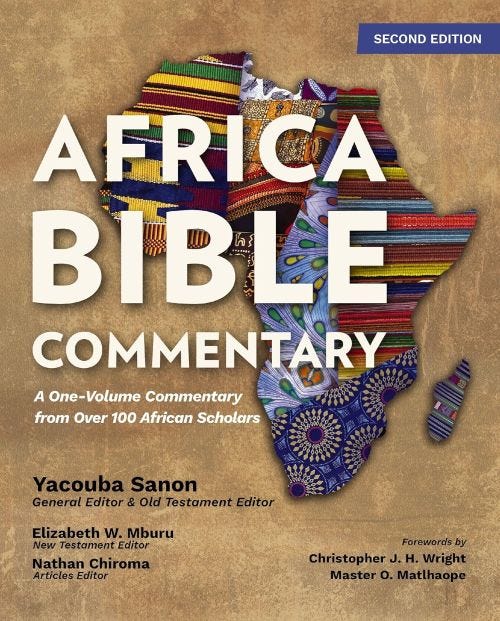
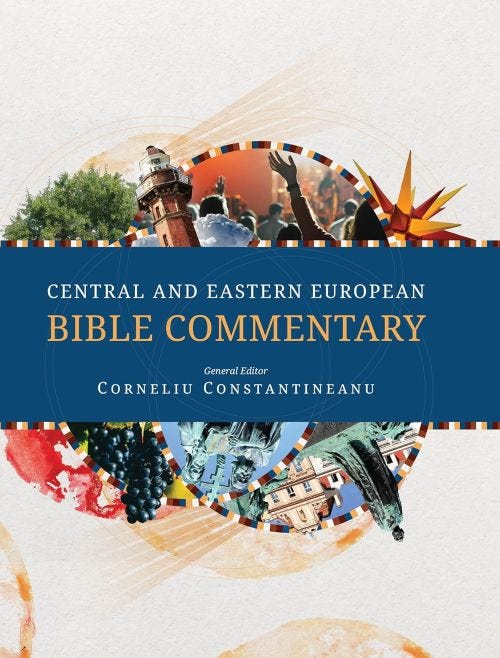
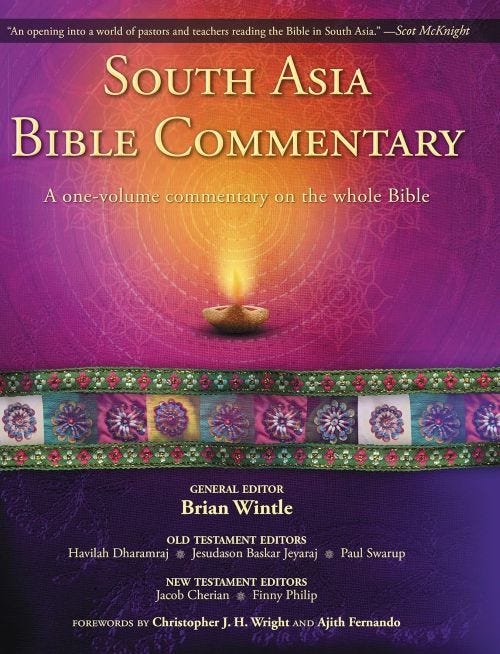
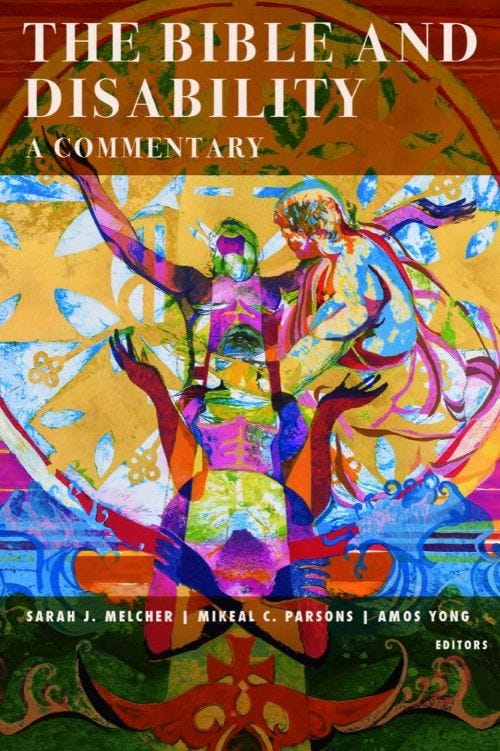
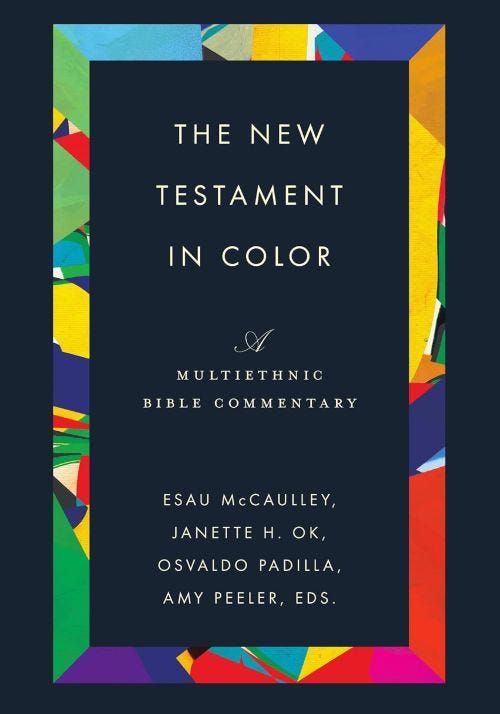
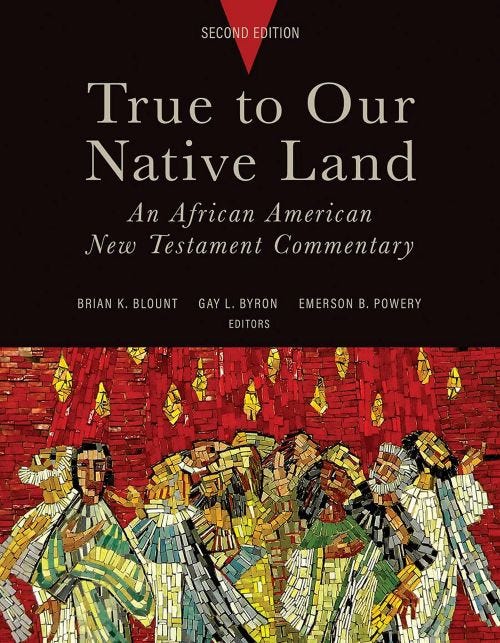
This is a very important topic that is ignored by many. Thank you for bringing it up.
I suggest you read The Master And His Emissary by Dr. Iain McGilchrist or The Matter With Things.